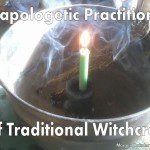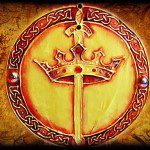Gather 'round, my lovelies, and let Mama Heron tell you a story, the back-story, a Witch's Come to Goddess tale...or as they say in the Southern Baptist church, let me !TESTIFY! about my "burning bush" moment, how I was "saved" and accepted my sacred mission to be an agent of Divine Love. Read more





















